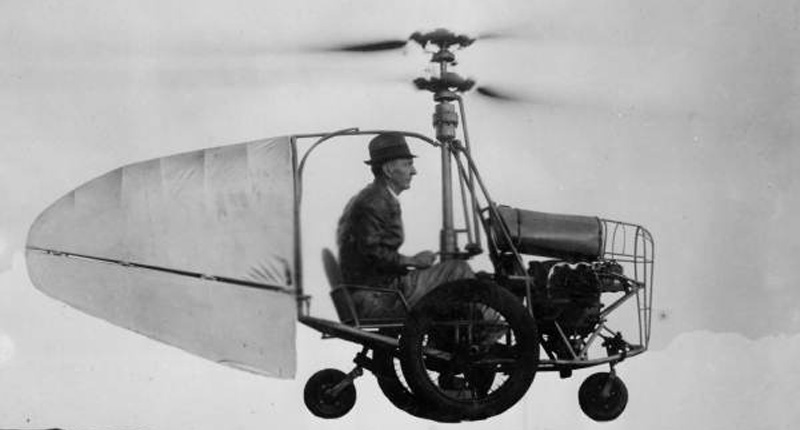We know what youâ€
Well, contrary to myriad flighty predictions, the winged automobile is still not a mass-produced reality. No, the imagined highways of the sky remain as deserted as your local bank on a Sunday afternoon.
No ad to show here.
Why? Well, there are all sorts of reasons, besides the obvious mechanical and financial challenges. And legal issues are chief among them. Think about it: would the driver need a pilotâ€
Then thereâ€
Okay, enough of the doom and gloom. There have, in fact, been a handful of brave attempts at the flying car – some of which may yet seen the light of day. Technically, these may be little more than small aircraft that double as road-legal cars, but what more would the driver-cum-flyer of the future really need?
So, here are four valiant, on-going attempts at the flying car.
1. AeroMobil 3.0
If you have even a passing interesting in the winged car, youâ€
Yes, itâ€
Powered by a Rotax 912 – a horizontally opposed 1352cc four-potter commonly used on small aircraft – the two-seater vehicle apparently boasts a range of 875km on tar or 700km in the air. As an automobile, its makers claim a top speed of 160km/h, a number that rises to over 200km/h when flying.
The AeroMobil 3.0 has been tested in real flight conditions – in fact, itâ€
2. Terrafugia TF-X
Terrafugia may be another name youâ€
In the meantime, the Massachusetts-based company has been busying itself with the Terrafugia TF-X. Take note, however, that this model is nowhere near production. In fact, itâ€
The TF-X differs from the Transition in that itâ€
Theoretical specifications include a flight range of around 800km, space for four people and the ability to squeeze into a single-car garage. According to reports covering Terrafugiaâ€
3. SkyRider X2R
Like the TF-X above, the SkyRider X2R has yet to be built, never mind actually take to the skies. But itâ€
Macro Industries, the American company behind the idea, has billed the two-seater SkyRider X2R concept as a sort of autonomous vehicle of the sky. It says the flying car will use “robust computer technology combined with instant location and positioning systems to generate a skyway that the SkyRider will follow automaticallyâ€.
The craft would theoretically employ an “enhanced automobile engine†with normal petrol as its fuel. And the company adds that it would function more like a car than a plane, in that it would employ a steering wheel and a shift lever (the latter featuring park, hover, climb, cruise, etc. modes).
Whether the SkyRider X2R will actually become a reality remains to be seen. On its website, Macro Industries says the production modelâ€
4. Moller Skycar M400
Another “vertical take-off and landing†craft, the Moller Skycar M400 was thought up by Canadian engineer Paul Moller, whoâ€
A prototype version of the M400 has taken to the skies before – although it was tethered to an overhead crane (apparently for insurance purposes), with no pilot on board. Still, a production model is apparently still under development, even though Moller reportedly ran out of investors back in 2009, prompting reports branding the entire project a “failureâ€.
But, late in 2013, Moller initiated a crowdfunding campaign in a bid to raise capital for further development. When the campaign closed in early 2014, the grand total stood at $29 429, which fell spectacularly short of the $950 000 target.
Regardless, the Moller Skycar M400 is another intriguing concept: like the SkyRider X2R outlined above, it employs four ducted fans to move air vertically for take-off and horizontally for flight. Each fan is powered by a 530cc Wankel engine, which in turn results in a theoretical cruising speed of nearly 500km/h. Pie in the sky? Maybe…
